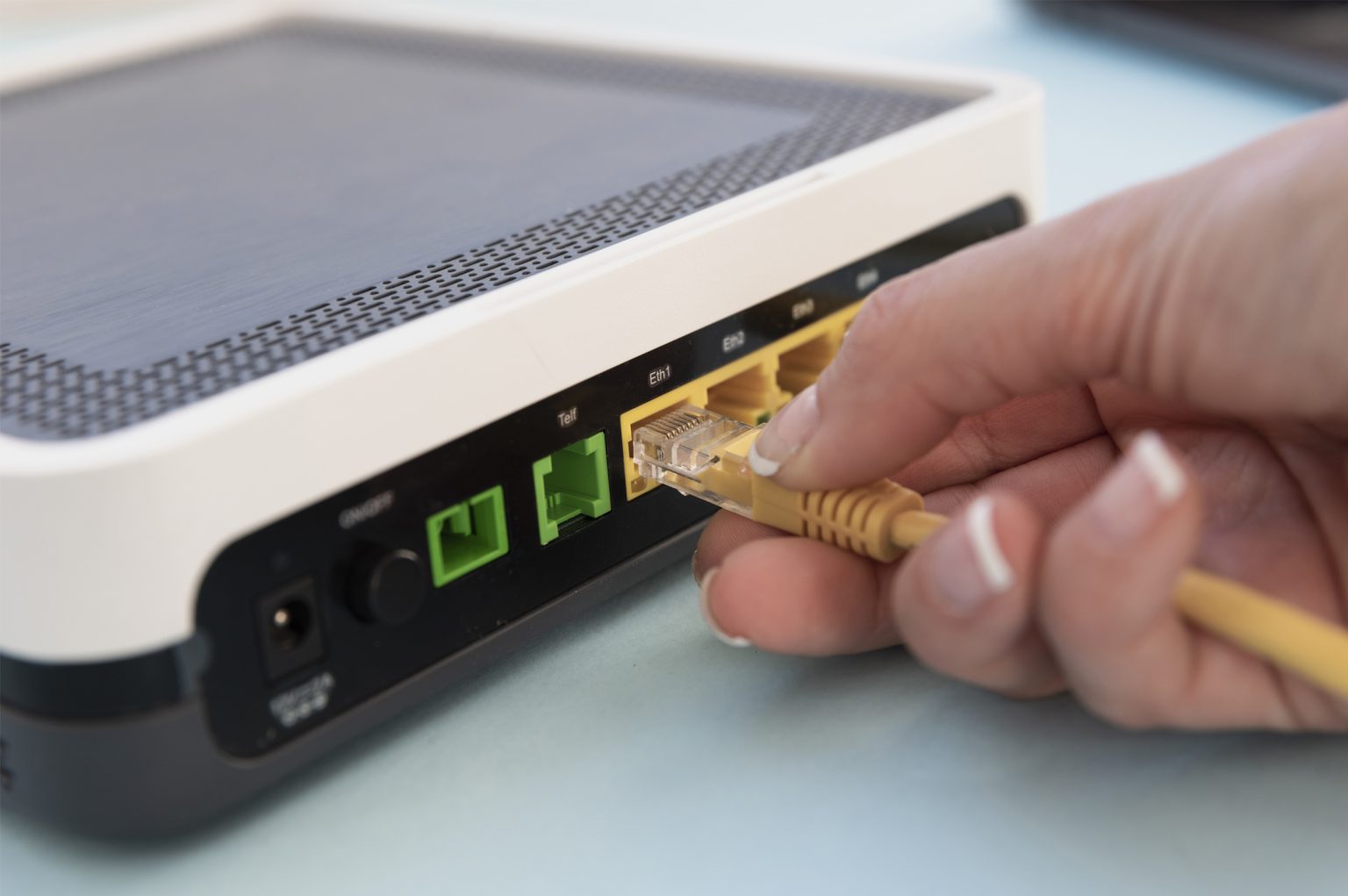Cable modems play a crucial role in bringing high-speed internet access to homes and offices. They leverage the existing infrastructure of cable television, offering a convenient and efficient way to connect to the vast world of online information and resources. Let’s delve deeper into the inner workings of cable modems and explore the advantages they provide.
Bringing Broadband Through Your Cable TV Lines
Cable modems function by utilizing the same coaxial cables that deliver cable television programming to your home. This infrastructure, known as Hybrid Fiber-Coaxial (HFC) or Radio Frequency over Glass (RFoG), transmits data using radio frequencies. The cable modem acts as a translator, converting the high-frequency signals from the cable network into digital signals that your computer and other devices can understand. This enables a bi-directional flow of data, allowing you to not only receive information from the internet but also send data back, facilitating activities like web browsing, online gaming, and video conferencing.
The high bandwidth of cable networks is a key factor in achieving high-speed internet connectivity. Unlike dial-up connections, which were notoriously slow and unreliable, cable modems provide significantly faster download and upload speeds. This translates to quicker loading times for websites, smoother streaming of videos and music, and the ability to transfer large files with minimal wait times.
Navigating the Network Landscape: Protocols and Standards
Cable modems operate within a well-defined set of network protocols. These protocols are essentially the rules and languages that govern communication between different devices on a network. By adhering to the established standards, such as Ethernet networking protocols, cable modems ensure seamless data exchange with your computer, router, and other connected devices.
Ethernet is a widely used technology for local area networks (LANs). It relies on hardware components like Media Access Control (MAC) addresses to uniquely identify each device on the network and employs data packets to transmit information. Cable modems are designed to work flawlessly within this framework, ensuring compatibility with a vast array of networking equipment.
One of the significant advantages of cable modems is their ability to maintain high-speed connections even when other protocols are sharing the same network infrastructure. This means you can enjoy uninterrupted internet access while simultaneously using cable television or other services that utilize the same cable network. This efficient bandwidth management allows for a smooth and consistent online experience.
The Rise of VoIP and Expanding Functionality
The emergence of Voice over Internet Protocol (VoIP) technology has further broadened the capabilities of cable modems. VoIP allows you to make phone calls through the internet, potentially offering significant cost savings compared to traditional phone lines. By subscribing to third-party services like Skype, users can leverage their existing cable modem infrastructure to make calls.
To optimize VoIP call quality, some cable internet providers implement a system with two IP addresses. One IP address is assigned to the router, handling internet traffic, while the other is dedicated to the voice gateway. This separation helps ensure that network activity on the internet side doesn’t affect the quality of voice calls made through VoIP.
Bandwidth Allocation and Efficient Data Transmission
Understanding how cable networks allocate bandwidth is essential for grasping the functionality of cable modems. Each television channel on a cable typically occupies only 6 MHz (megahertz) of bandwidth. This allows for a remarkable number of channels to be delivered through a single cable, which can possess hundreds of MHz of total bandwidth.
A cable modem internet connection typically utilizes a similar amount of bandwidth as a single TV channel, around 6 MHz. Since data from the internet is treated as another channel by the cable network, it shares the same bandwidth limitations. However, the upstream data – information being sent from your computer to the internet – is allocated even less bandwidth, typically just 2 MHz.
To facilitate both downloading and uploading data using the cable TV system, a cable modem is required at your end, along with a cable modem termination system (CMTS) installed by your internet service provider (ISP) on the other end of the cable network. This CMTS manages the flow of data traffic within the network.
Distance Doesn’t Hinder Connectivity
A significant advantage of cable internet delivered through cable modems is its independence from geographical distance. Unlike some internet connection types, such as satellite internet, which can experience latency issues due to the long distances signals need to travel, cable internet performance remains consistent regardless of your proximity to the ISP’s central hub. This makes cable modems a reliable and attractive option for users in various locations, contributing to their widespread popularity.
Conclusion
Cable modems bridge the gap between your home network and the vast world of the internet. By leveraging the high bandwidth of cable television infrastructure, they provide a reliable and high-speed internet connection. Their ability to coexist seamlessly with other applications like cable TV and VoIP telephony further enhances their value proposition. As technology continues to evolve, cable modems are likely to remain a critical component of our internet access landscape.






